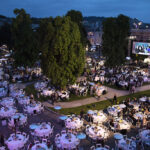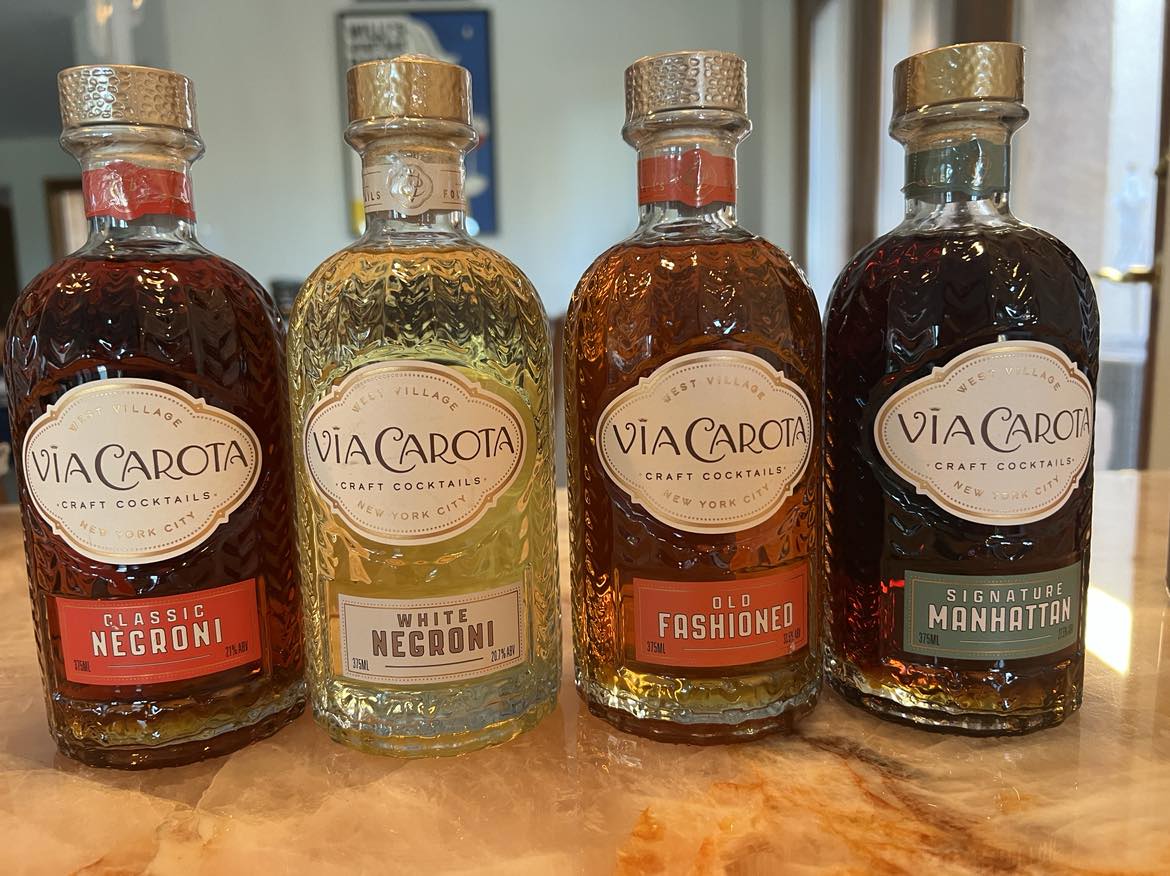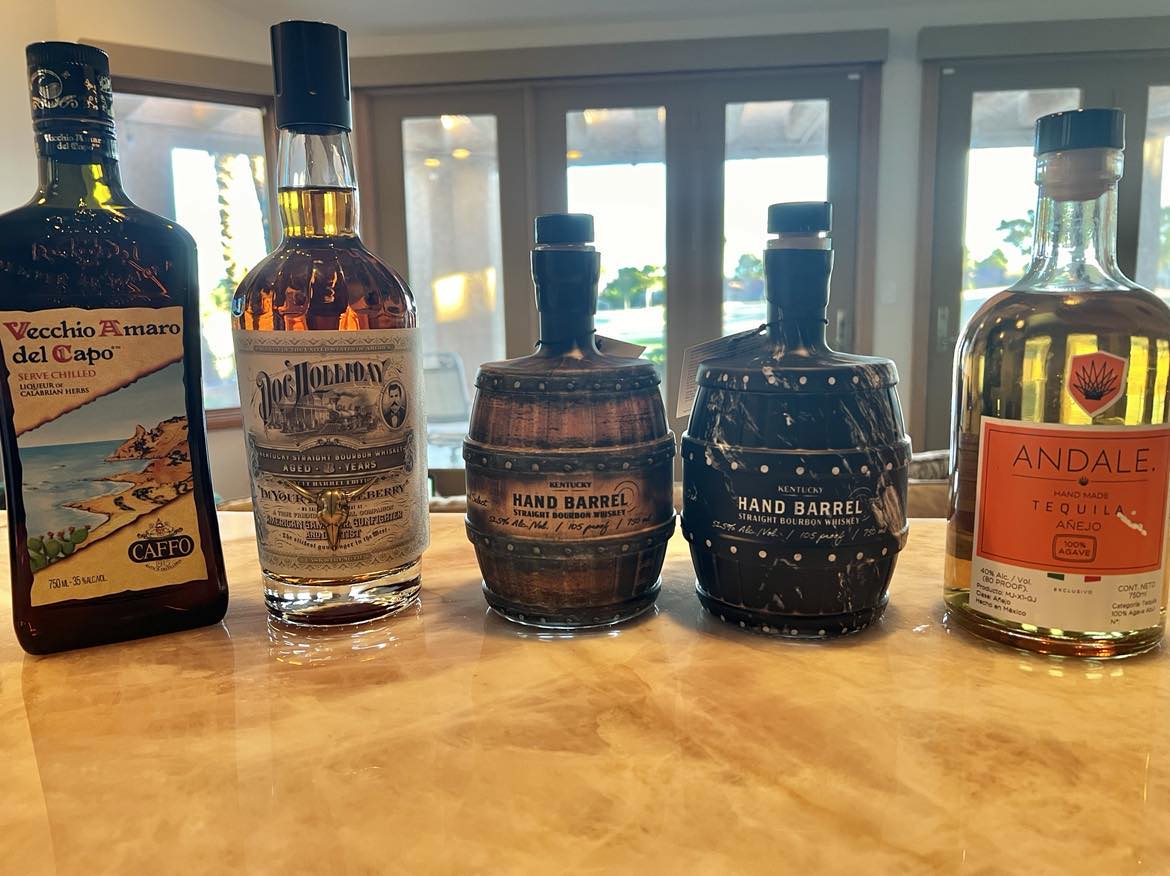On your right is a decanted 1998 Beringer Cabernet, via our coffee filter. Upon close inspection, this is the same stuff that the new SanTasti water promises to reduce from your palate. (http://www.santasti.com/) Brown, sticky and not meant for consumption. But there are several ways to avoid drinking it besides this one.
You can turn your cellared bottles, while still racked, a little, so that sediment doesn’t collect along one side. It doesn’t mean you still won’t have sediment, in fact, it just may make it harder to see. Sediment, like s—, in the immortal words of Tom Cruise in the flick Risky Business, happens.
Some sommeliers recommend that you pour your wine into a decanter while a candle underneath (that you are not also trying to hold) illuminates the point of your pour where the sediment might empty into your decanter. You are to toss the remaining wine from the bottle down the sink at this point. I have a hard time doing that. As sediment can appear too early on for me to waste so much remaining wine.
You can filter, as we did above. It worked great but seeing the sediment was a turn off to us. Like pulling steak gristle out of your teeth; it just ruined the presentation as we watched it collect and congeal.
You can decant without a filter (or just use a metal strainer to catch the big chunkier pieces) and just let it all “mix” together. It will disperse the sediment; but, in some cases of older wines, all it will do is ruin it all and hang…in each glass after glass.
My favorite? Pour the dregs into my husband’s glass last. He is usually busy espousing his thoughts on the wine, has had enough to drink to not notice it, and is used to a little sediment in all that we do together. (Or did I mean sentiment?)










